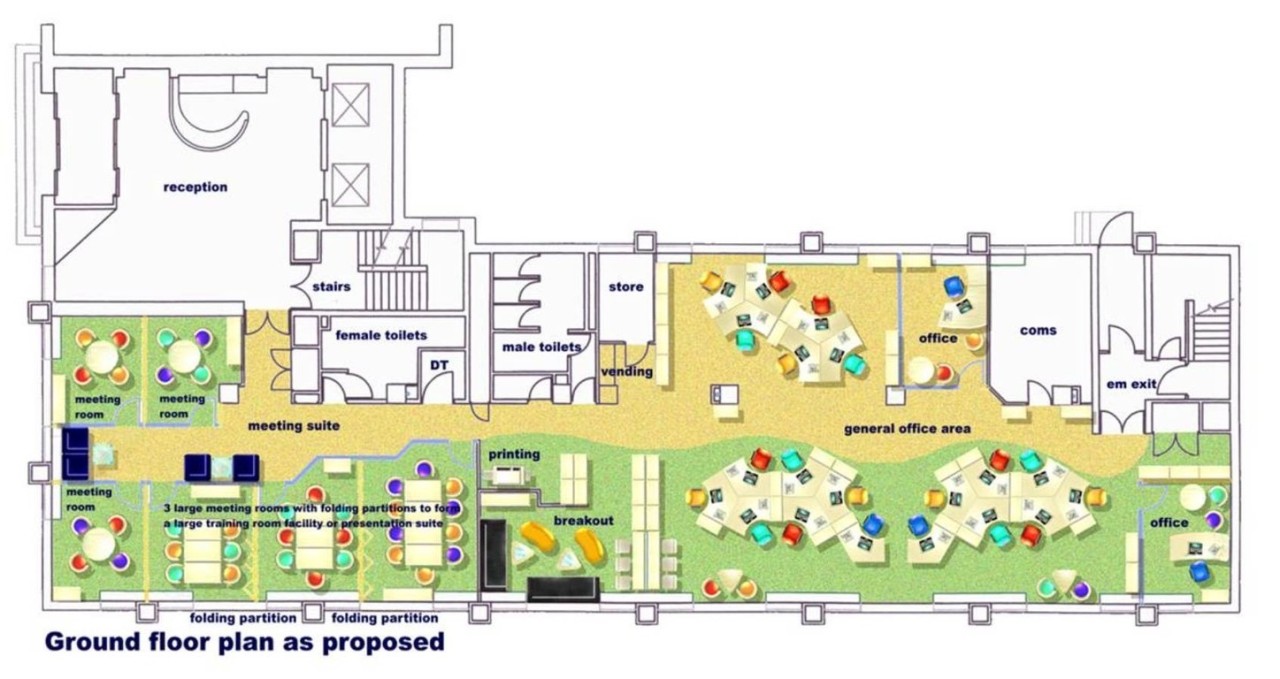Optimizing Efficiency and Productivity through Virtual Office Space Planning
In today’s dynamic business landscape, the traditional concept of office spaces is evolving rapidly. With the advent of technology and the rise of remote work, virtual office spaces have become increasingly prevalent. Efficiently planning these virtual work environments is crucial for enhancing productivity and creating a seamless workflow.
The Shift to Virtual Workspaces
The modern workforce is no longer confined to physical offices. The shift towards virtual workspaces has been accelerated by technological advancements and the need for flexibility. As businesses embrace remote work, the challenge lies in creating virtual office spaces that foster collaboration and maintain organizational cohesion.
Designing Functional Virtual Work Environments
Effective virtual office space planning goes beyond mere aesthetics. It involves designing functional spaces that cater to the specific needs of remote workers. Consideration must be given to factors such as ergonomics, accessibility, and the overall user experience. A well-designed virtual workspace can contribute significantly to employee well-being and job satisfaction.
Utilizing Technology for Seamless Collaboration
One of the key aspects of virtual office space planning is leveraging technology to facilitate seamless collaboration. Integrating video conferencing tools, project management platforms, and communication apps is essential for connecting remote team members. A tech-savvy approach ensures that the virtual workspace is not just a substitute for physical offices but an improvement in terms of efficiency and communication.
Ensuring Privacy and Focus
While collaboration is essential, virtual office space planning should also address the need for privacy and focused work. Providing virtual meeting rooms, individual workspaces, and implementing digital privacy measures can contribute to creating a balanced environment. Employees should feel empowered to collaborate when needed and find solitude when focus is required.
Adapting to Changing Work Dynamics
The landscape of work is constantly evolving, and virtual office space planning must be adaptable to these changes. Flexibility is key to accommodating different work styles, time zones, and evolving business needs. An agile approach ensures that the virtual workspace remains relevant and supportive of the organization’s goals.
Promoting Employee Well-being
Virtual office space planning is not just about functionality; it’s also about fostering employee well-being. Incorporating elements that promote a healthy work-life balance, such as designated break areas, wellness programs, and flexible schedules, contributes to a positive and sustainable virtual work environment.
Conclusion: Embracing the Future of Work
In conclusion, virtual office space planning is a critical aspect of adapting to the evolving nature of work. By prioritizing efficiency, collaboration, and employee well-being, organizations can create virtual workspaces that enhance productivity and satisfaction. As we navigate the future of work, embracing virtual office space planning is not just a choice but a necessity for staying competitive in today’s business landscape.
To explore more about virtual office space planning, visit Ninth World Hub, where you can find valuable insights and resources to optimize your virtual workspace.

